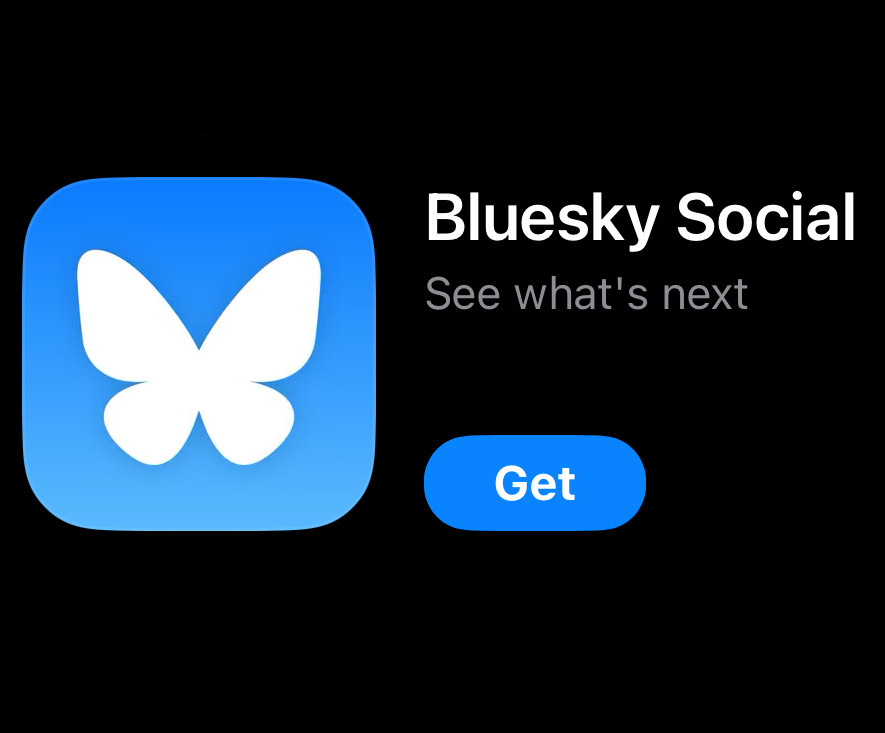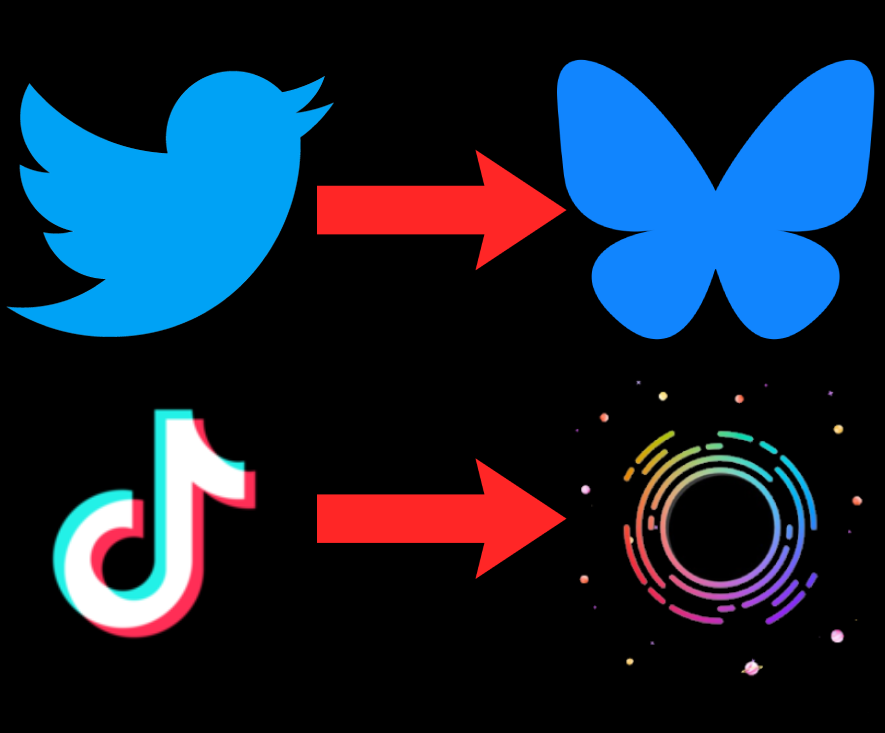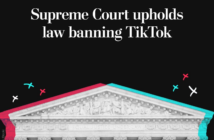By Sanjea Taylor, Contributing Writer
Since the brief ban of TikTok on Jan. 19, 2025, many have questioned whether social media is truly safe to use. In response, new social media platforms have emerged, aiming to address these widespread security concerns. But will they really make social media safer, or are they simply trying to replace existing platforms?
One such platform on the rise is Bluesky, a new social media platform that allows users to post short messages, photos, and videos. According to Britannica News, Bluesky was originally created in 2019 by Jack Dorsey, co-founder of Twitter (now X), as a side project but has since become an independent company, aiming to be an alternative to established platforms.
Given its origins with one of X’s co-founders, Bluesky shares many similarities with its predecessor. Their interfaces closely resemble each other, and both function as microblogging platforms. However, there are notable differences between the two social media platforms.

On Bluesky, users have more control over their data and feeds, and the platform also has a smaller user base compared to X. Matanya LeGrand, a senior professional writing major, pointed out several features that make Bluesky stand out from X.
“It also runs on the AT [Authenticated Transfer] Protocol, allowing users to carry their social connections across different apps that adopt the protocol. This decentralization and user autonomy could be very appealing to those concerned about privacy and data security,” saidLeGrand.
These features make Bluesky appear safer for users, offering greater control over their experience, which has largely contributed to the platform’s growing popularity. However, X isn’t the only platform losing users to a new social media app. TikTok is also seeing a decline with the rise of the new social media platform, Reinbow.
Launched in November 2019, Reinbow is designed to provide a more authentic space for users to connect online, while simultaneously fostering real-world relationships. The platform also helps content creators build engagement and streamlines the process of uploading videos, making it easier for everyone to share their content, whether they are seasoned influencers or just getting started.
Although Reinbow has been around since 2020, it gained significant attention following the TikTok ban earlier this year and has since leveraged other social media platforms and celebrity endorsements to help expand its user base.
While marketed as a new form of social media, Reinbow shares many similarities with TikTok. Both platforms allow users to post and view content, go live, and more.

“Reinbow stands out with its emphasis on authenticity and real-time content. It only allows front-facing videos to be recorded in real-time, which eliminates the possibility of fake users and heavily edited content,” LeGrand said, explaining why she believes Reinbow distinguishes itself from TikTok.
“This focus on genuine interaction could appeal to users tired of the curated perfection often seen on other platforms,” she added.
As these new social media platforms gain traction, the question arises: Will they truly be able to replace major platforms like X and TikTok? LeGrand was able to share her thoughts on this.
“The rise of new social media platforms like Reinbow and Bluesky certainly brings an interesting dynamic to the landscape. While it’s challenging to predict if they will completely replace giants like X and TikTok, they do offer unique features that could attract users looking for something different,” states LeGrand.
Despite this, as LeGrand explained, the introduction of these new platforms could shape the future of social media by pushing established platforms to innovate and address user concerns more effectively. Ideally, this shift will set new standards, helping users expect more from social media platforms in the future.





